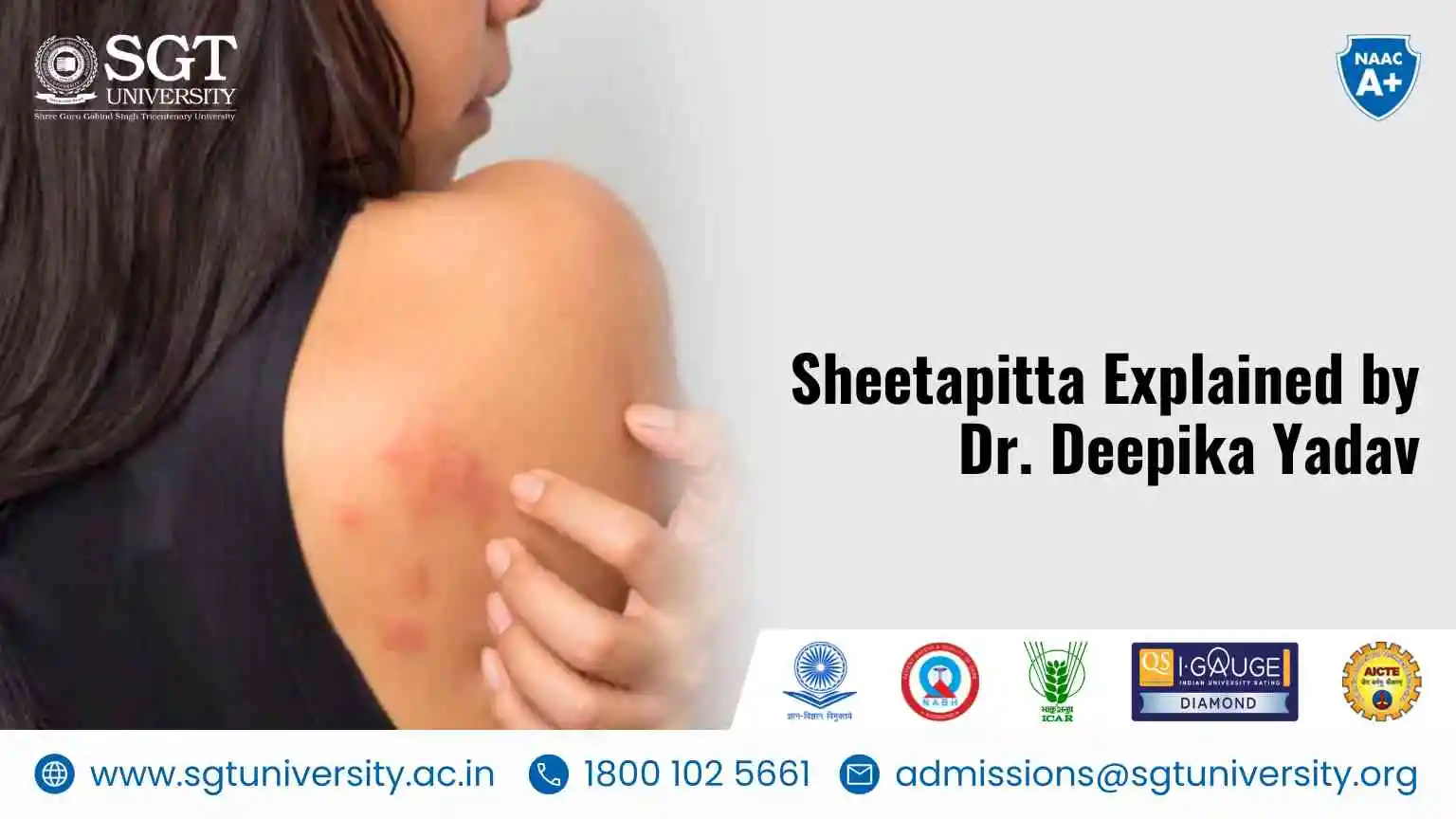Sheetapitta Explained by Dr. Deepika Yadav
Updated on: April 19, 2023

"Sheetapitta is a very common skin disease encountered in clinical practice nowadays. It can be clinically co-related to Urticaria of Modern Science.
Sheetapitta is a very common skin disease encountered in clinical practice nowadays. It can be clinically co-related to Urticaria of Modern Science. Urticaria is a common dermatosis affecting approximately 25% of the population. Childhood chronic urticaria is frequently encountered, however, epidemiologic data on pediatric urticaria are limited.
Speaking about Urticaria is similar to speaking about headaches: both causes and forms vary greatly. The spectrum ranges from short-lasting, mild discomfort to years of constant torment and from clear, easily avoidable triggers to (not so few) cases in which the cause is never found. Also, it is not always easy to identify boundaries between urticaria and other diseases. Some forms of allergies look very much like urticaria, and the processes in the immune system and the body are also partly the same, but also partly very different from the processes observed, for example, in connection with asthma, hay fever, or classic food allergies.
The many different clinical pictures of Urticaria can be divided according to their duration into acute (less than 6 weeks) and chronic (more than 6 weeks).
Urticarial rashes are commonly known as hives. They are most commonly caused due to an allergic reaction. In Ayurveda, Sheetapitta bears similar symptoms like that of Urticaria. There is no specific and satisfactory treatment in Modern Science for the condition of Urticaria. But, it can be effectively managed through the Ayurveda system of medicine.
Though, it is not a life-threatening problem, but, it seriously affects the quality of life. Few of the individuals suffer from hives for months or years together and the incidences of relapse are also frequently found. As per Modern Science, repeated intake of antihistamine or corticosteroids reduces the immunity of the body, and thus Ayurveda definitely has an edge in providing a comprehensive solution to this health problem.
Sheetapitta is caused due to vitiation of all the 3 doshas with predominant involvement of Vata. Dhatus (body tissues) involved are Rasa (Adya dhatu or serum) and Rakta (blood).
Causative factors for Sheetapitta according to Ayurveda are: excess intake of salty (lavana) and pungent (katu) food, consumption of a large amount of sour (amla) gruels (arnala and shukta), excess intake of mustard, exposure to cold wind, contact of cold substances, day sleep, improper emesis (asamyak Vamana), altered features in winter and rainy season, insect bite, krimi samsarga (contact of poisonous insects or bugs), etc.
Prodromal symptoms may appear like : Thirst, tastelessness, nausea, debility/ fatigue, heaviness of the body/lethargy, reddish discoloration of the eyes.
Clinical features may appear like : the skin marks or rashes on face, arms, trunk and legs resembling the bite of neetle sting, itching, pricking sensation, nausea and vomiting, fever & burning sensation at the site of rashes.
Line of treatment includes : avoidance of the causative factors, oral medications and body purification therapy. Application of mustard oil all over the body or mustard oil mixed with Yavakshara and saindhava lavana. Medicated oil application prepared by the drugs of Eladi gana.
External application of medicated paste of Doorva (Cynodon dactylon) and Haridra (Curcuma longa), fine paste of saindhava (rock salt), kusta (Saussaria lappa) and ghee can be done.
According to the dosha dominance, Ayurveda Panchkarma therapies like Vamana (emesia), Virechana (purgation) or Rakta mokshana (blood letting) are carried with suitable medicaments.
Various Ayurvedic formulations are described in Ayurveda textbooks for Sheetapitta. Some of them are sootshekhara rasa, laghu sootshekhara rasa, Navakarshika Guggulu, Trikatu +Sharkara, Yavani +Vyosha +Yavakshara, Aardraka Rasa +Purana Guda, Yavani + Guda, Guda + Amalaki, Nimba Patra + Ghrita +Amalaki, Ardraka Khanda, Visarpokta Amritadi Kwatha, Agnimantha Moola +Ghrita, Yashtyadi Kwatha, Haridra Khanda, Brihat Haridra Khanda, Shleshmapittantako Rasa, Veereshvaro Rasa, Shitapittaprabhanjana Rasa, Vardhamana Pippali, Vardhamana Lasuna Prayoga.
A wholesome diet for Urticarial rashes is old rice, green gram, horse gram, bitter gourd, pomegranate, gooseberry, warm water, and light, freshly prepared, easily digestible food. Unwholesome diet and habits are milk and milk products, fermented foodstuffs, sour and incompatible foodstuffs, fish, sugar and its derivatives, alcohol, suppression of vomiting, cold water consumption, exposure to the cold breeze.
Lastly, stress should be avoided as it worsens the condition. So, meditation & yoga should be practiced regularly to relax the mind and refresh the soul.
Dr. Deepika Yadav
Assistant Professor
Department of Kayachikitsa
FIMS, SGT University

